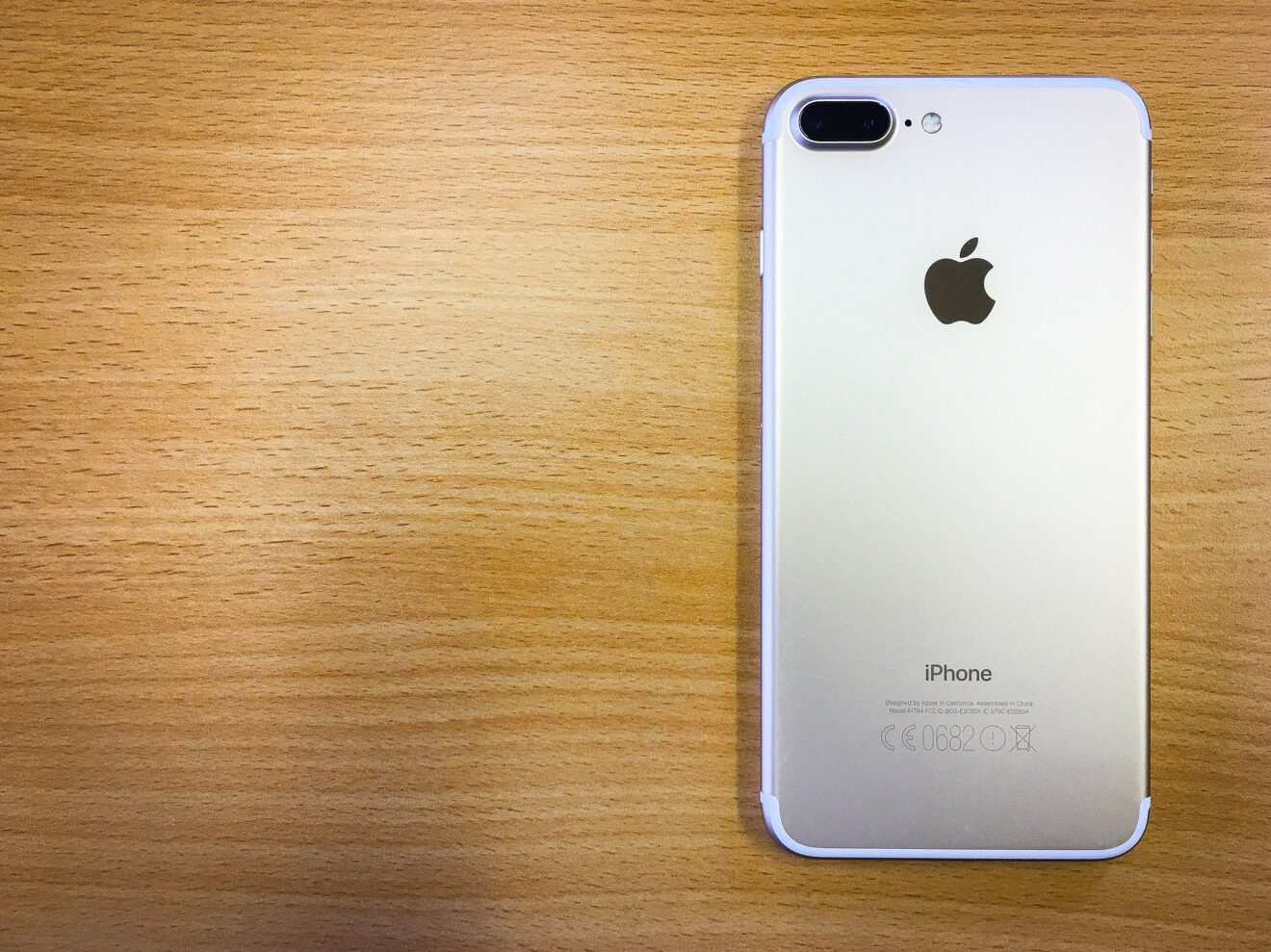If you’ve ever tapped on the screen of your smartphone and found it to be unresponsive, then you can relate to that sinking feeling in the pit of your stomach that tells you this is not going to be a good day.
I experienced that recently, when my phone, less than 2 years old (and of course, out of warranty) decided that our relationship had come to an end. There was no forewarning that our love affair was in jeopardy; I just got dumped, and without so much as a text-message breakup.
While I mourned the end of what I thought had been a fruitful relationship, I dreaded even more the thought of shelling out the better part of $800 for a new phone after having to buy a replacement device less than six months ago for the same problem with another phone. There must be something I can do to resurrect this one, I thought. So started my service journey with Apple.
You can tell a lot about a company’s leadership and customer commitment by examining its service design strategy. In their new book, “Woo, Wow and Win,” authors Thomas Stewart and Patricia O’Connell describe five essential principles of service design:
To deal with my problem well, all of these principles would require leadership that is customer-centric and an empowered service delivery team capable of demonstrating an abundance of Discoverer and Healer passions. I was about to see how many of these principles played out in my own service journey as I visited an Apple store to get assistance with my phone.
After securing an appointment with a “Genius,” my smartphone became the object of a post-mortem examination that was incredibly thorough. A true Discoverer, the Genius performed multiple assessments on my phone, seeking to identify what was at the root of my issue, tirelessly testing and retesting it. Despite this, no clear cause of death could be identified. “It may be a software issue,” she sighed. “We need to wipe your phone clean and start over.”
“Fine,” I said with an air of desperation. “Do whatever you have to do to fix it.”
To our mutual dismay, the process didn’t correct the problem. Out of time that day, I quickly left the store, resigned to the fact that I’d have to perform a series of hard reboots to get through the next week until I could return for more help.
A few days later, however, I decided to call the Apple help desk to see if one of their techs might have another idea about how to fix my phone. I was pleased to learn that the tech had access to the findings from the in-store phone exam. After reviewing them, he suggested that I needed a new screen and offered to arrange an appointment if I was willing to go back to the store.
Since I’d already replaced the same model of phone earlier this year, he was also sympathetic to my frustration. Demonstrating a strong Healer passion, he connected with the financial burden and pain that buying a replacement phone would present, and proceeded to document my file with a series of statements about my service journey and loyalty to the product line, requesting that the manager of my local Apple store do whatever was in his or her power to get my phone fixed or replaced without cost.
The technician was leaning heavily into the second principle of service design — he was beginning to delight me.
My service journey ended on a high note, as the store manager did, in fact, provide me with a replacement device without any wear and tear on my wallet. The entire team succeeded in providing a coherent and positive customer experience (principle No. 4), both in-store and through the technical support group. Apple’s service strategy worked, in large part because the company seeks people who have the passions necessary for the jobs they hold.
While there are thousands of capable IT graduates flocking to tech companies every year in search of employment, smart leaders know that skill alone won’t woo, wow and win customers. You need people with the right passions to develop and sustain a competitive edge.
Do you have them on your team?
Alaina Love is chief operating officer and president of Purpose Linked Consulting and co-author of “The Purpose Linked Organization: How Passionate Leaders Inspire Winning Teams and Great Results” (McGraw-Hill). She is a recovering HR executive, a global speaker and leadership expert, and passionate about everything having to do with, well … passion. Her passion archetypes are Builder, Transformer and Healer. You can learn more about how to grow leaders, build passionate teams and leverage passion to create great customer outcomes here.
When she’s not working with her Fortune 500 client base, Love is busy writing her next book, “Passionality, The Art and Science of Finding Your Passion and Living Your Bliss,” which explores the alignment of personality, purpose and passion, and the science of how it contributes to our well being. Follow Love on Twitter, Facebook, YouTube or her blog.
If you enjoyed this article, join SmartBrief’s e-mail list for our daily newsletter on being a better, smarter leader.
